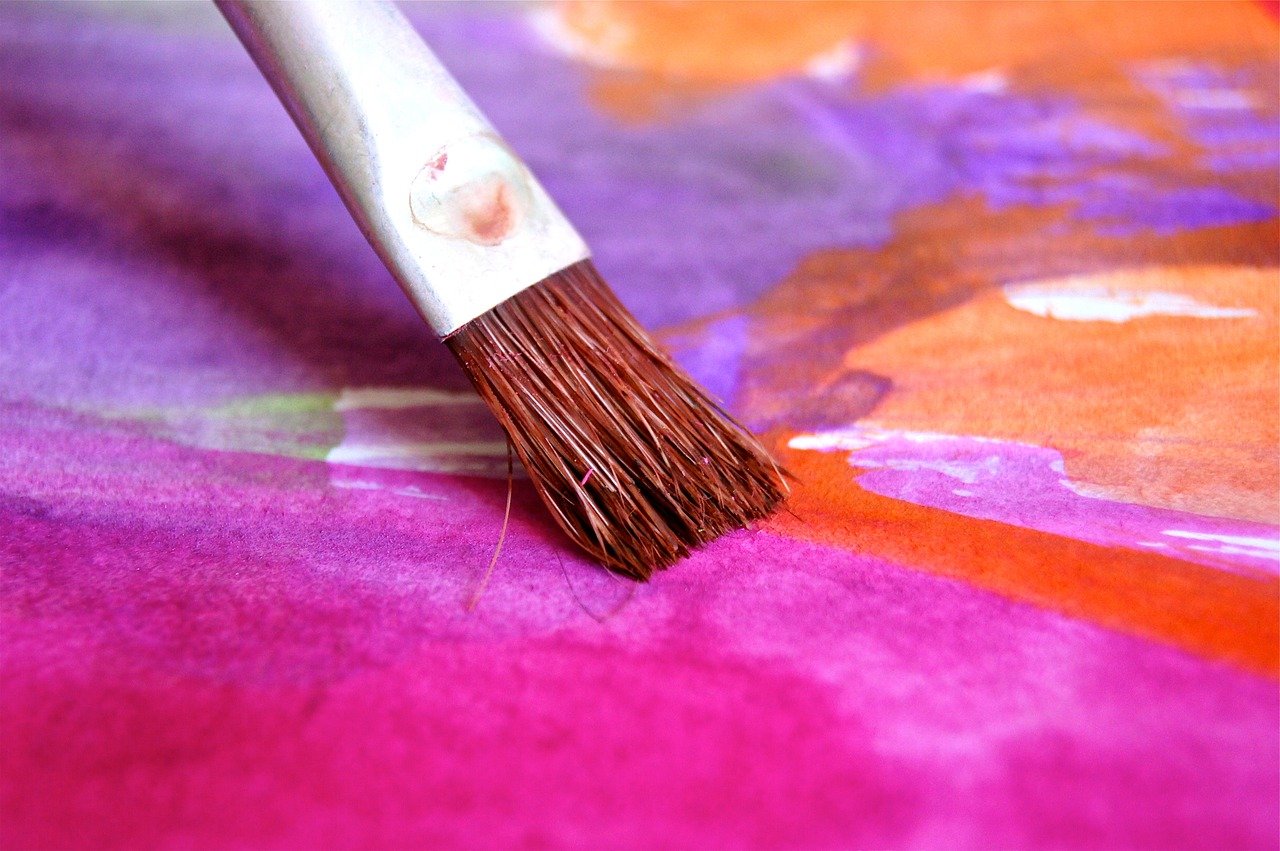The Intersection of Art and Science: Understanding Color Theory in Painting

The fusion of art and science through the lens of colour theory offers a captivating narrative, one that spans centuries and disciplines. It is a testament to human curiosity and creativity, illustrating our ongoing quest to understand the world around us. Colour theory, as noted by Sarah Taylor Art, transcends the mere act of mixing pigments on a palette.
It represents a deep dive into the psychology of colours, an exploration of their interactions with human perception, and an investigation into their cultural significance. This journey through colour theory reveals its roots in the scientific method, while simultaneously celebrating its artistic applications. From the earliest cave paintings to the latest digital art, understanding colour has been pivotal in shaping visual cultures and artistic expressions.
The Science Behind Color
Delving into the science behind colour, we uncover a world where light, perception, and psychology intersect. Colours are the brain’s interpretation of different wavelengths of light bouncing off surfaces and into our eyes. This intricate process involves not just the physical properties of light but also the unique ways in which our eyes and brains decode these signals.
The implications of this are profound, influencing everything from the design of our environments to the branding of global corporations. Colours have the power to soothe or stimulate, to hide or highlight, and to evoke a wide range of emotional responses. This section not only demystifies the scientific foundations of colour perception but also highlights its applications in creating art that resonates on a deeply human level.
Color Theory in Painting: A Historical Perspective
The historical journey of colour theory in painting is a story of innovation, discovery, and artistic rebellion. The field has been shaped by luminaries such as Leonardo da Vinci, who delved into the science of light and shadow, and Isaac Newton, whose experiments with prisms revealed the colour spectrum.
The Impressionists later threw the rulebook out the window, experimenting with colour to capture the fleeting effects of light and atmosphere, thereby changing the course of art history. In the 20th century, abstract and digital artists continued to push the boundaries, using colour in ways that challenged traditional aesthetics and viewer perceptions. This rich tapestry of developments underscores the evolving relationship between artists and colour theory, showcasing the endless possibilities that arise from blending scientific inquiry with artistic experimentation.
Practical Applications of Color Theory in Painting
Translating the principles of colour theory into painting practices offers artists a powerful toolset for enhancing their work. The art of mixing colours is not just technical; it’s a form of visual alchemy that allows artists to create specific atmospheres, evoke emotions, and convey messages without words. This section serves as a practical guide, offering insights into colour harmonies, contrasts, and the psychological impact of specific hues. By understanding the nuances of colour manipulation, artists can craft compositions that are not only visually stunning but also rich with meaning and emotion. This exploration of colour’s practical applications in painting highlights the transformative power of colour theory when applied with intention and creativity.
Innovations and Contemporary Approaches
The advent of digital technology has ushered in a new era for colour theory, expanding the artist’s palette in unprecedented ways. Digital tools and software have introduced a spectrum of colours and effects that were previously impossible to achieve with traditional mediums. This section explores how contemporary artists are leveraging these advancements to explore new frontiers in colour theory.
From the use of virtual reality to create immersive colour experiences to the application of artificial intelligence in generating novel colour combinations, the digital age is redefining the possibilities of artistic expression. These innovations not only enhance the visual impact of art but also offer fresh perspectives on the role of colour in art and society.
Conclusion
The exploration of colour theory at the intersection of art and science is a journey that spans the history of human creativity. It is a field marked by continual innovation and discovery, where the quest to understand colour’s essence drives both scientific inquiry and artistic expression. As we look toward the future, it is clear that the dialogue between colour theory and painting will continue to evolve, shaped by technological advancements and the creative visions of artists worldwide.
This ongoing exchange promises to unlock new understandings of colour, enriching our visual culture and deepening our appreciation for the profound ways in which colour shapes our perception of the world. The study of colour theory, as a bridge between art and science, remains a testament to the boundless curiosity and creativity of the human spirit, offering endless opportunities for exploration, expression, and connection.





